Best Times to Schedule Grandfather Clock Moves
Timing is an important factor when planning to move a grandfather clock. The optimal time depends on weather conditions, personal schedules, and availability of professional movers. Generally, avoiding peak moving seasons can reduce costs and scheduling conflicts.
Spring and early summer offer moderate weather conditions, reducing the risk of damage during transit. This period also tends to have more flexible scheduling options.
Late summer and early fall are busy times for moving services, which can lead to higher costs and limited availability for grandfather clock movers.
Winter months may present challenges due to weather, but in milder climates, they can be a cost-effective and less crowded time for moving.
Scheduling during weekdays often provides more flexibility and potentially lower costs compared to weekends when demand peaks.
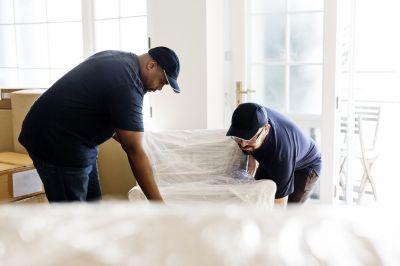
Professional movers carefully disassemble and transport grandfather clocks to prevent damage.

Specialized packing materials safeguard delicate components during transit.
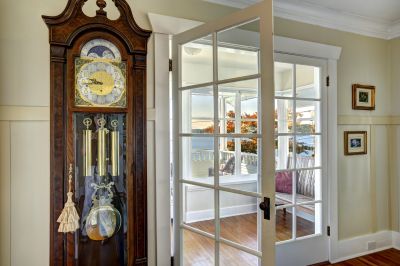
Custom-designed vehicles ensure secure and stable movement of valuable clocks.
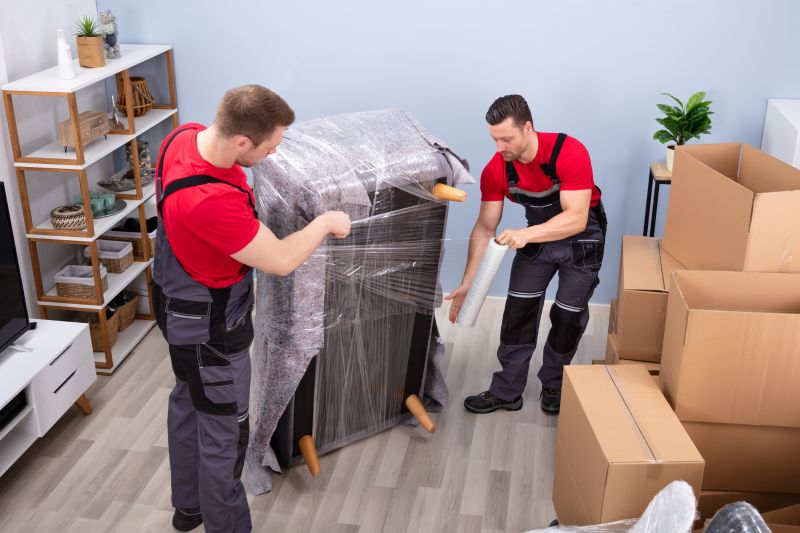
Ways to make Grandfather Clock Moverses work in tight or awkward layouts.

Popular materials for Grandfather Clock Moverses and why they hold up over time.
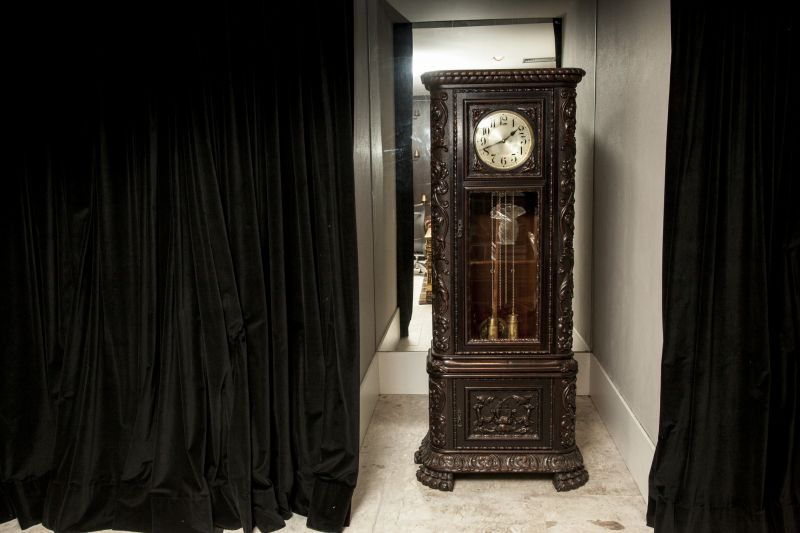
Simple add-ons that improve Grandfather Clock Moverses without blowing the budget.
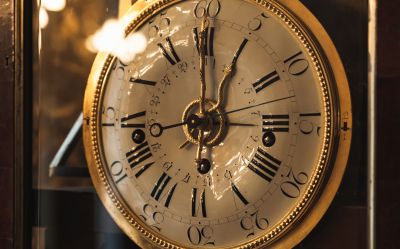
High-end options that actually feel worth it for Grandfather Clock Moverses.

Finishes and colors that play nicely with Grandfather Clock Moverses.
| Ideal Moving Season | Advantages |
|---|---|
| Spring | Moderate weather, flexible scheduling |
| Early Summer | Good weather, less crowded |
| Winter (mild climates) | Cost-effective, less demand |
| Weekdays | More availability, lower costs |
| Off-peak months | Reduced costs, flexible scheduling |
Grandfather clocks are intricate timepieces that require careful handling during relocation. Their components are often fragile and sensitive to temperature and humidity changes. Proper disassembly and packing are essential to prevent damage. The moving process involves specialized techniques, including securing pendulums, removing weights, and packing delicate glass and wood parts. Professional movers with experience in clock relocation can ensure the clock's integrity and accuracy after transportation. Statistics indicate that proper timing and handling significantly reduce the risk of damage, with over 90% of well-planned moves resulting in no issues.
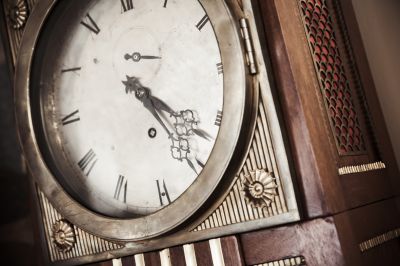
Carefully packed components ready for safe transport.

Specialized materials used to safeguard delicate parts.

Clocks are carefully secured inside transport vehicles.
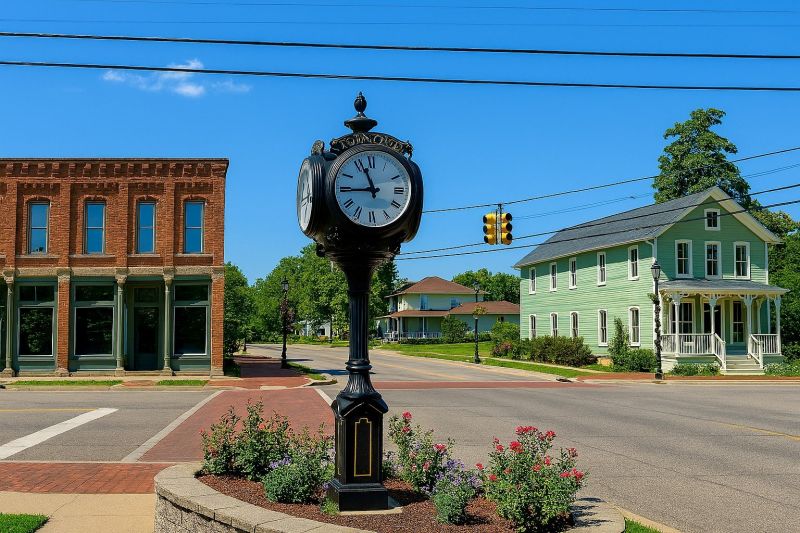
The clock is restored to its original condition at the destination.
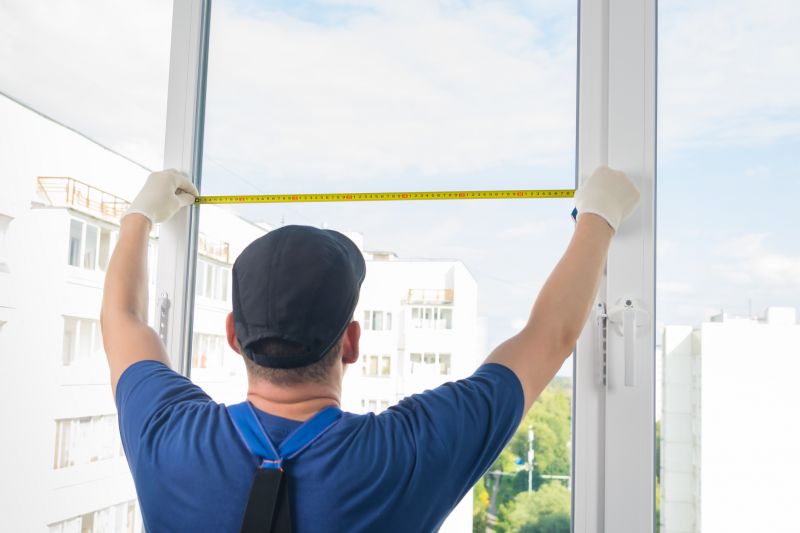
Little measurements that prevent headaches on Grandfather Clock Moverses day.

A 60-second routine that keeps Grandfather Clock Moverses looking new.

A frequent mistake in Grandfather Clock Moverses and how to dodge it.
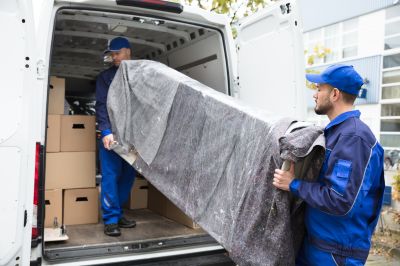
Small tweaks to make Grandfather Clock Moverses safer and easier to use.
Interested individuals should consider scheduling their grandfather clock move during the recommended seasons to ensure safety and efficiency. Filling out a contact form can facilitate planning and provide access to experienced professionals who understand the nuances of clock relocation. Proper timing and expert handling are key to preserving the value and functionality of grandfather clocks during a move.
